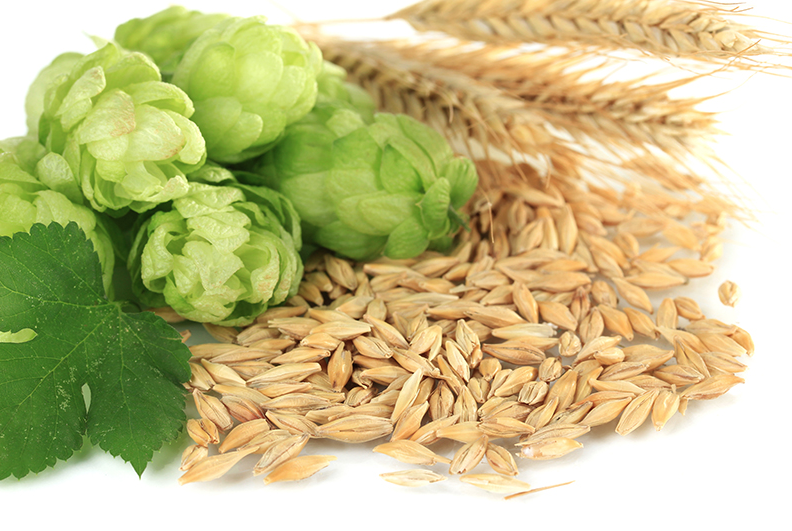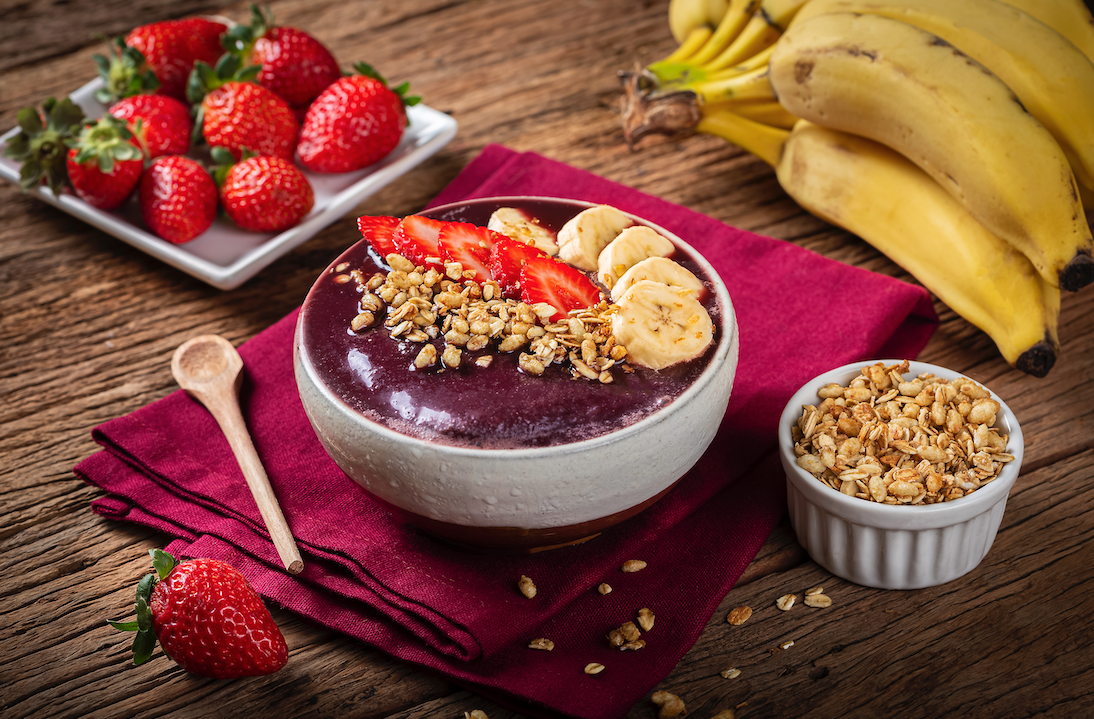
Hops
Hops are the most famous today by being used in the brewing industry to add bitterness, flavor, and aroma to beer. Before that, it was used for medicinal purposes.
Usage
Nervousness and anxiety
Some research shows hops may help treat anxiety, nervousness and insomnia.
Menopause
Can help with menopause symptoms, and to alleviate hot flashes.
Skin and Inflammation
Hop has anti-inflammatory properties thanks to its rich concentration of tannins.

Ancient Herbal Therapy
In traditional medicine, dried flowers were recommended for the treatment of sleep disturbances, restlessness, mania, toothache, and earache.
However, despite its long history of cultivation, the use of hop in beers is not as old as the history of beer itself, dating back to at least 1750 BC when the Sumerians discovered how to use yeast for the fermentation of barley into beer.
Prior to the use in beer, hops were cultivated as early as 736 BC by German monks for medicinal purposes.
Probably one of the first historical applications of hops was the treatment of insomnia, stress, and anxiety because of its mild sedative effects. Some other reported applications include stimulation of the digestive tract, the use as diureticum or to clean the blood, and as bacteriostatic and anti-inflammatory agents.
There are writings that hop sprouts were already used as a salad in the first century AD. And hop sprouts were also eaten by the poor in medieval times as a substitute for asparagus. Next to this, hop stems were used in some cases to make cloth and paper and in a number of other traditional applications.
How to use hops?
Make a Tea
Tea has bitter taste, and its being use to improve digestive system.
As a Supplement
Available in liquid extracts, capsules, and powders for anxiety, sleep disorders, etc.
Cream
Hops has calming properties, it help smoothes and tightens the skin.
Hops were probably first added to beer in the twelfth century by German monks.
Hops were cultivated as early as 736 BC.
The craft brew sector is adding more even value to hop expansion.
Sumerians discovered how to use yeast for the fermentation of barley into beer.
About
Humulus lupulus is a dioecious twining perennial plant, widely cultivated throughout the temperate regions of the world. The female inflorescences (hop cones or “hops”) made up of membranaceous bracts contain a resinous yellow substance named lupulin. Hops are collected in the late summer and used in the brewing industry to add bitterness, flavor, and aroma to beer.
More recently, hops usage is experiencing a new change driven by the internationally growing preference for more intensely flavored beers, sustained by the craft brew sector. This movement has led to the introduction of a much higher amount of hops in different phases of beer production and to the ever-increasing search for new flavors. Some hop varieties have thus received special attention, including a few old typical hops largely used until the present date, although intensive search for new varieties dubbed “Green Gold” has also occurred.
Composition
The use of hops as a mild sedative came from the observation of fatigue, tiredness, and sleepiness symptoms in the hop-pickers, apparently due to resin absorption during harvesting or processing hops. The tranquilizing and sleep-enhancing properties of H. lupulus were cited in old manuals of Pharmacology and Pharmacognosy as well as in modern textbooks of Phytotherapy. The German Commission E Monographs advised to use the plant in the treatment of “discomforts during restlessness or anxiety and sleep disturbances”.
A sedative-like activity of hops was observed in different animal species: frog, pigeon, goldfish, and golden carp. The administration of single components of hops allowed to suggest humulone and lupulone as responsible for the marked sedative effects observed in pigeons and small birds. The prenylated acylphloroglucinols (humulone, lupulone, and their analogs) are still under investigation for their neuropharmacological properties... On the other hand, prenylated flavonoids of hops are receiving an increasing attention primarily for the antioxidant and chemopreventive properties (xanthohumol) and for the estrogenic activity.
Science
In addition, a wide range of pharmacological properties has been described for the hop and hop derivatives, namely, antioxidant, anti-inflammatory, and anticancer-related properties, which are of major relevance to the pharmaceutical industry. Beer bioactivity can be influenced by hops usage, which can configure an important tool for brewers aiming for the development of functional products.
Safety
It is likely safe to take hops in small doses for a short time, but stomach upset is possible. Not enough studies have been done to say whether it is safe to take for a long period. It is also not known whether it is safe to take by women who are pregnant or breastfeeding.
Talk to your doctor about any supplements or therapy you would like to use. Some can interfere with treatment or make conditions worse, especially sleeping medications.
Fun Facts
The plant always twists in a clockwise direction.
-
Korpelainen, H., & Pietiläinen, M. (2021). Hop (Humulus lupulus L.): Traditional and Present Use, and Future Potential. Economic Botany, 1-21.
Bocquet, L., Sahpaz, S., Hilbert, J. L., Rambaud, C., & Rivière, C. (2018). Humulus lupulus L., a very popular beer ingredient and medicinal plant: overview of its phytochemistry, its bioactivity, and its biotechnology. Phytochemistry reviews, 17(5), 1047-1090.



